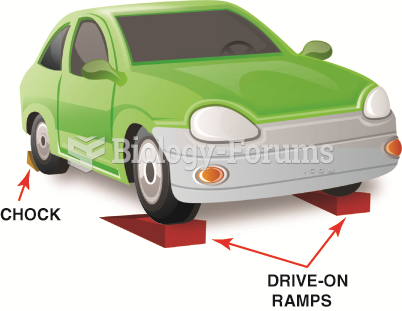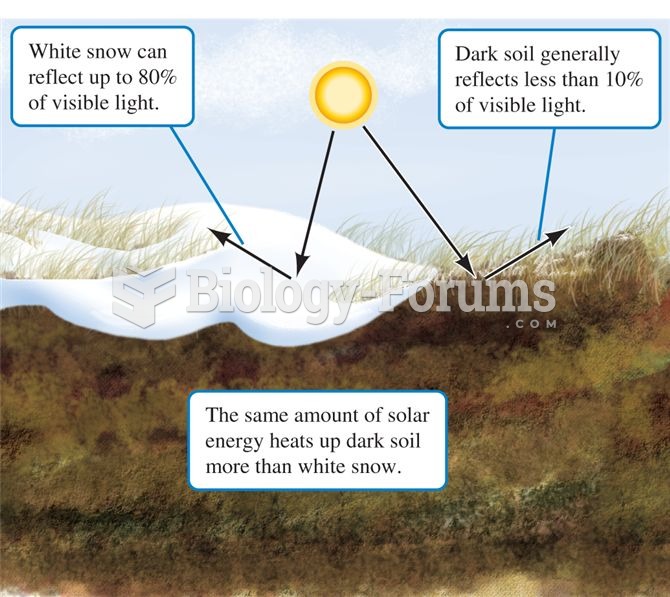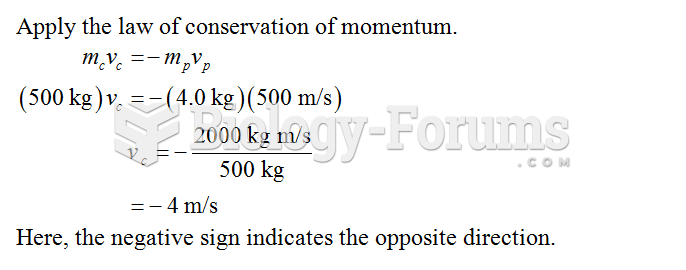|
|
|
The most common childhood diseases include croup, chickenpox, ear infections, flu, pneumonia, ringworm, respiratory syncytial virus, scabies, head lice, and asthma.
Approximately 500,000 babies are born each year in the United States to teenage mothers.
Despite claims by manufacturers, the supplement known as Ginkgo biloba was shown in a study of more than 3,000 participants to be ineffective in reducing development of dementia and Alzheimer’s disease in older people.
There are actually 60 minerals, 16 vitamins, 12 essential amino acids, and three essential fatty acids that your body needs every day.
A good example of polar molecules can be understood when trying to make a cake. If water and oil are required, they will not mix together. If you put them into a measuring cup, the oil will rise to the top while the water remains on the bottom.
 A wrench after it has been forged but before the flashing (extra material around the wrench) has ...
A wrench after it has been forged but before the flashing (extra material around the wrench) has ...
 Drive-on ramps are dangerous to use. The wheels on the ground level must be chocked (blocked) to ...
Drive-on ramps are dangerous to use. The wheels on the ground level must be chocked (blocked) to ...





